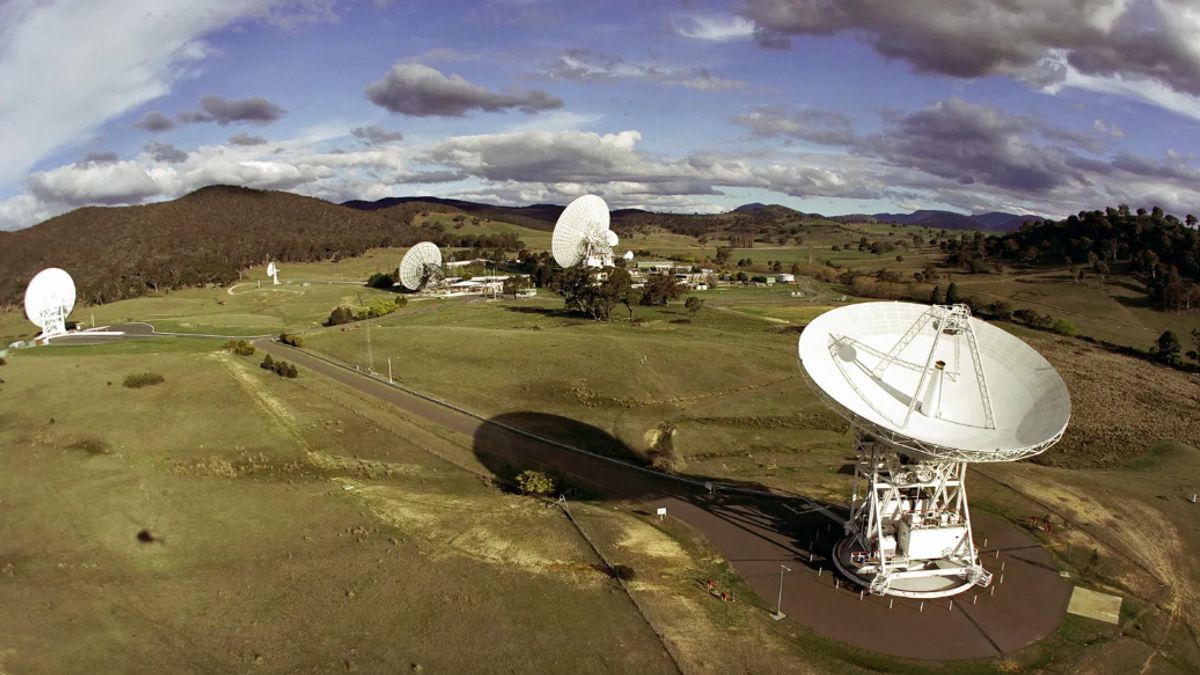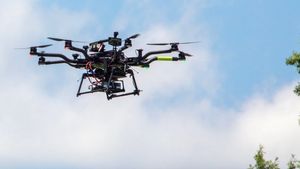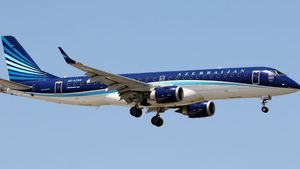JAKARTA - The United States Aeronautics and Space Administration (NASA) celebrated the birth of the Deep Space Network (DNS), a giant international radio antenna network, on Sunday, December 24.
Even though it is 60 years old, this telecommunications system is still faithfully helping NASA in communicating with all spacecraft, both around the Moon and inside the Moon. Therefore, the presence of DSN is very important for NASA.
“DSN is the heart of NASA. "DSN has the important task of maintaining the flow of data between Earth and outer space," said Director of the Network Services Division for SCaN Philip Baldwin, quoted by VOI from a NASA release.
In simple terms, DSN helps NASA receive images from the James Webb Space Telescope, cutting-edge science data from the Perseverance rover, and other advanced devices still operated by NASA.
All data sent must go through DSN's giant radio parabolic antenna. Thus, NASA communications to space devices are very dependent on DSN. What's more, there are still more than 40 important missions that NASA must complete.
SEE ALSO:
Currently, NASA is focusing on DSN modernization. They started improving the DSN system by adding dishes. The hope is that this improvement can enable NASA to connect with more spacecraft and increase the amount of data sent.
In addition to adding dishes, NASA plans to build laser or optical communications so that the DSN can include more data in transmissions. With this addition, NASA believes that their communications with space missions can be better.
“NASA proved that laser communication is possible. So, now we are looking at ways to build optical terminals inside existing radio antennas,” said DSN Deputy Project Manager Amy Smith.
The English, Chinese, Japanese, Arabic, and French versions are automatically generated by the AI. So there may still be inaccuracies in translating, please always see Indonesian as our main language. (system supported by DigitalSiber.id)
















